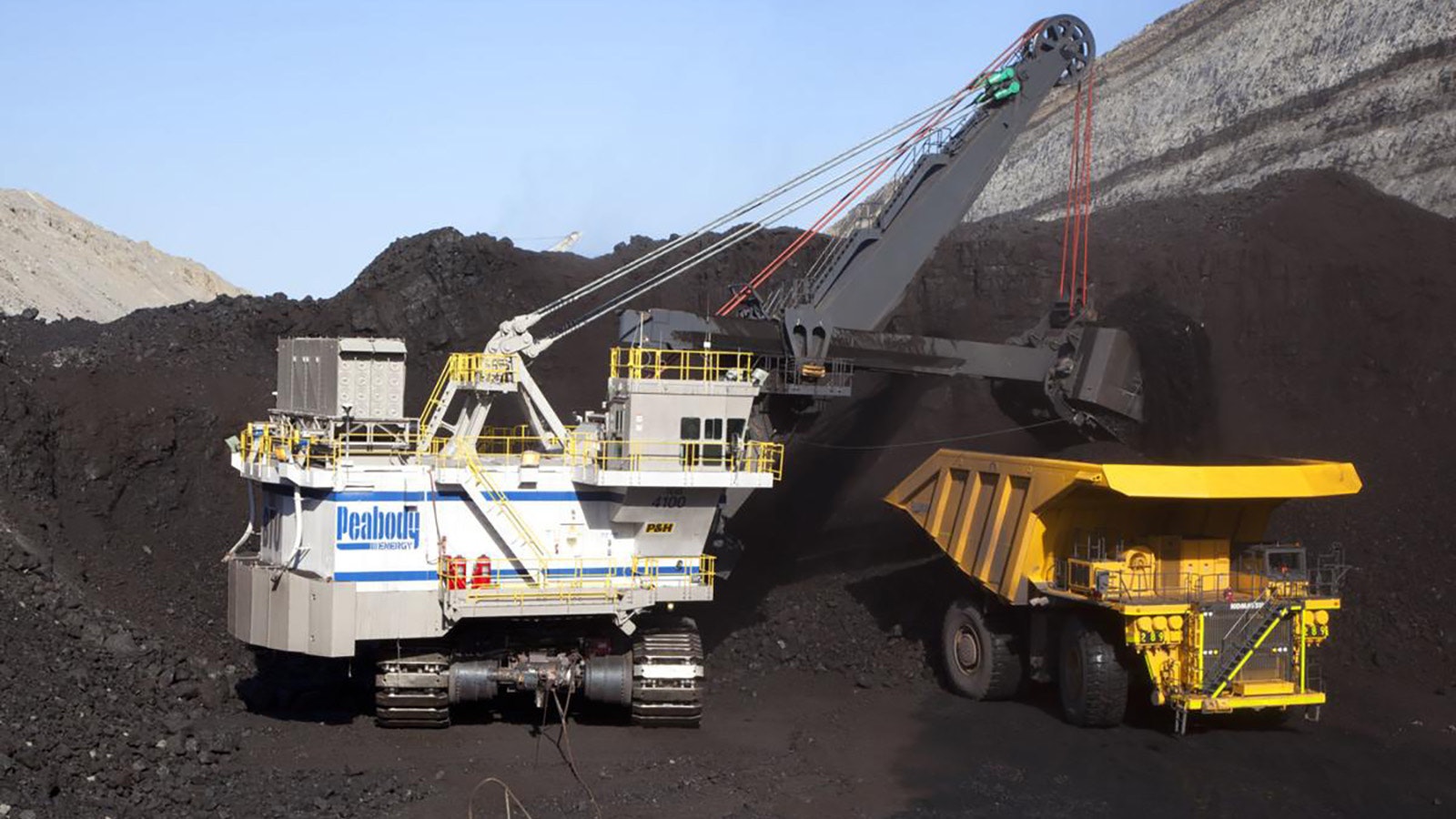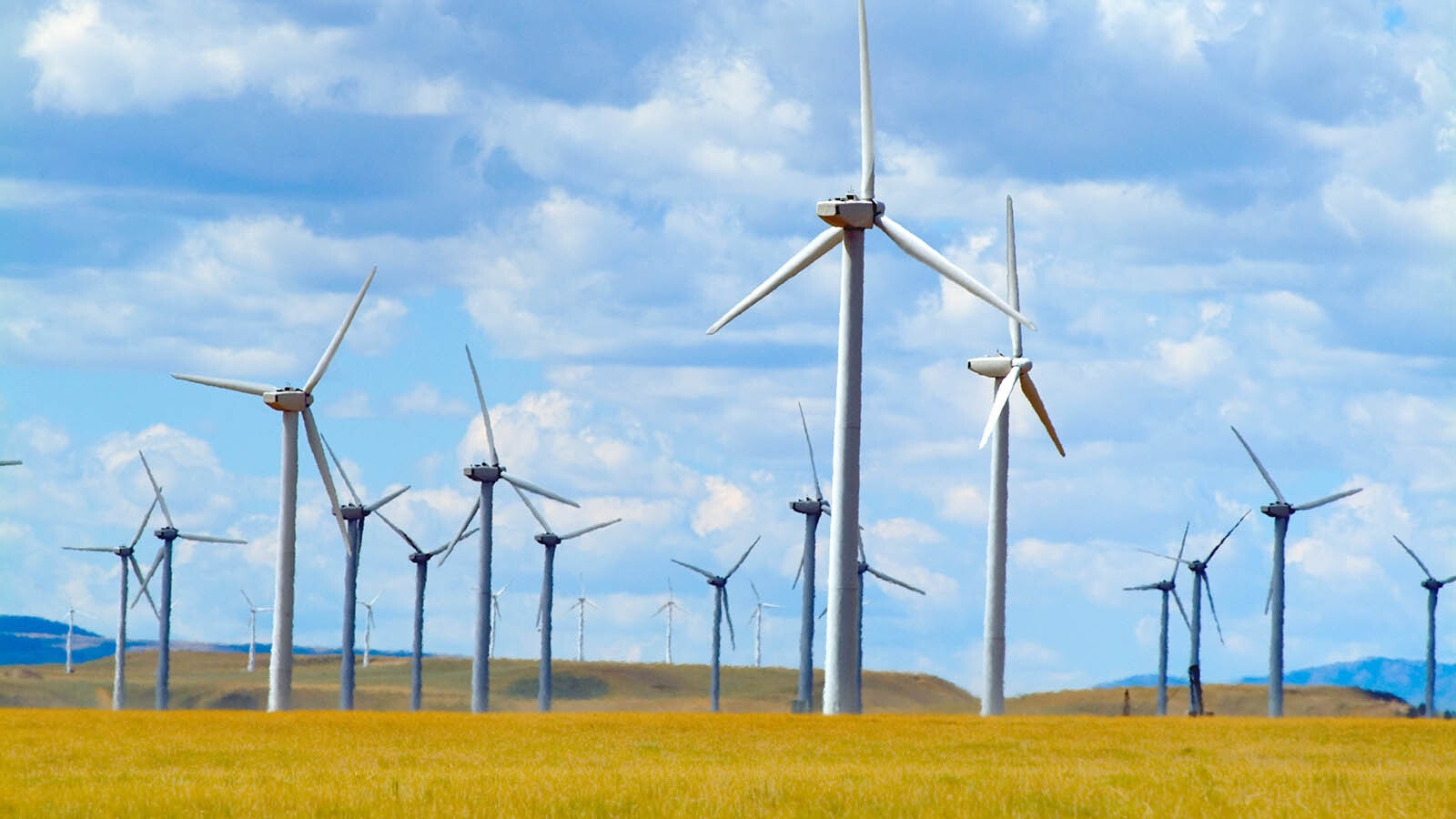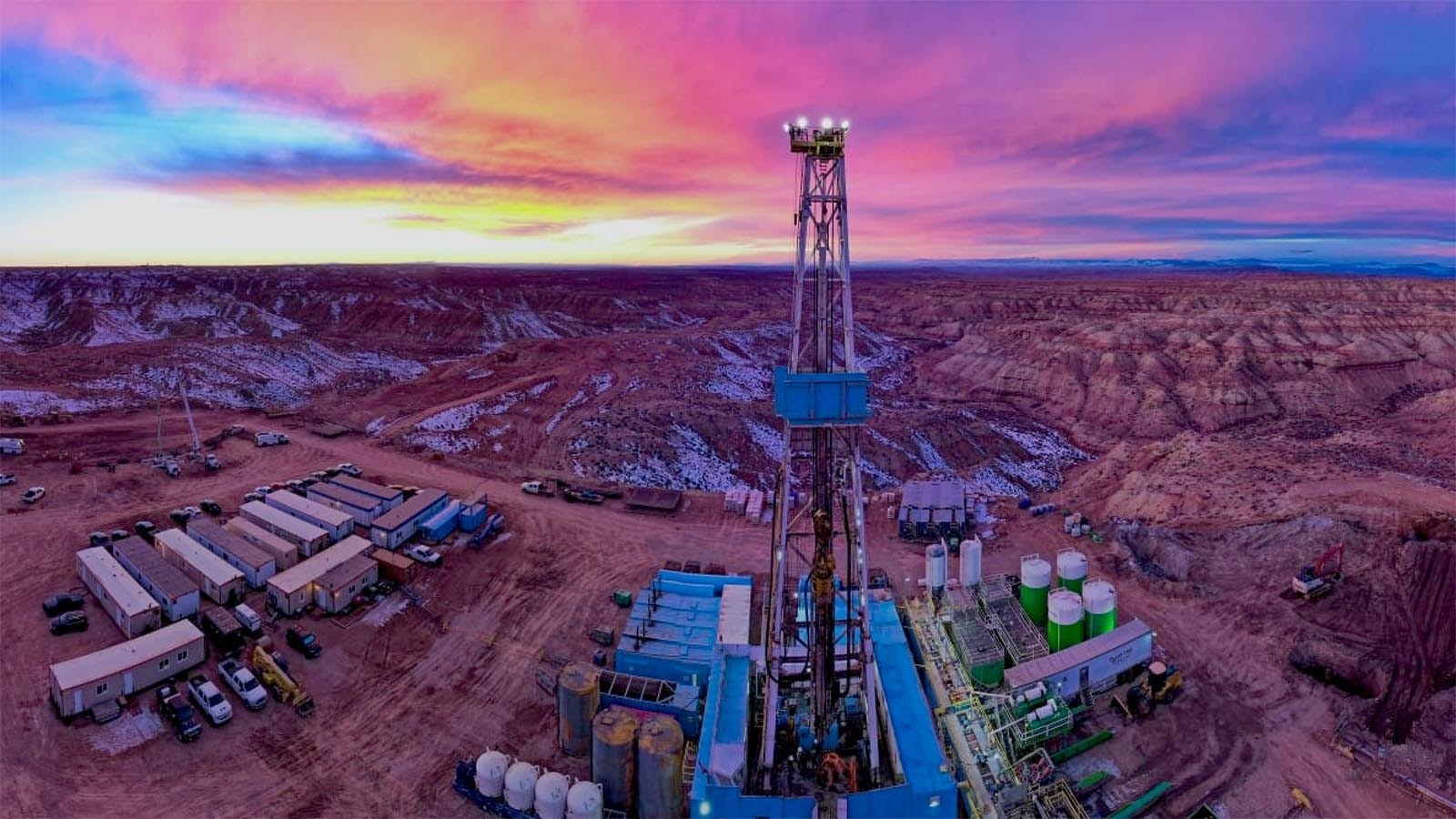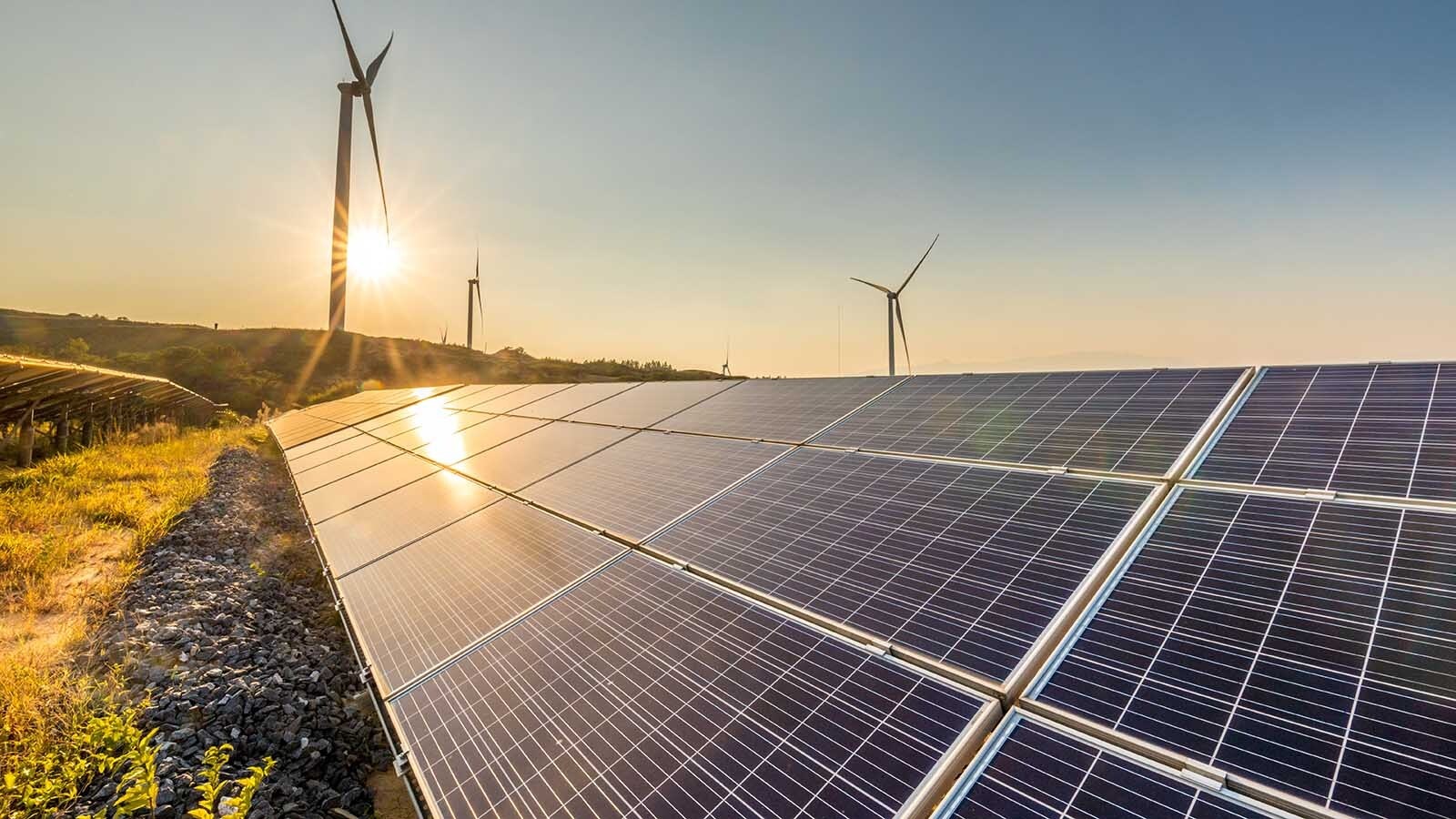The Cowboy State’s bumpy roads may be getting a little help from Wyoming coal.
Momentum is building to fund a novel process to convert coal to asphalt as Wyoming explores new avenues to tap its vast coal reserves for purposes other than just burning it to produce electricity.
Besides $17 million in proposed money that the state is considering for the effort, St. Louis-based Peabody Energy Corp. has committed another $2 million for the Wyoming Innovation Center project near Gillette, said state Sen. Tara Nethercott, R-Cheyenne, who co-chairs the state’s Joint Appropriations Committee.
The Wyoming Innovation Center, a 5,500-square-foot facility that opened in 2022 on reclaimed mine land, aims to research the different uses of coal, such as asphalt.
“This would be an expansion of possible applications for Wyoming’s coal industry, by looking at R&D (research and development) efforts to set aside a certain tonnage for production of asphalt tar,” Nethercott told Cowboy State Daily.
“We’re committed to continuing and retaining the creation of jobs and economic development – particularly in northeast Wyoming – and bringing in revenue to the people of Wyoming,” she said.
An Evolution For Coal
She’s not alone, as other industry officials say finding other economic avenues to make valuable products from Wyoming coal is a vital evolution from the abundant resource.
“This is actually a huge deal that will greatly benefit the state and hopefully help the coal industry survive the downturn,” said Phil Christopherson, CEO of Energy Capital Economic Development in Gillette. “The U.S. doesn’t want to use coal, and the country is shutting down power plant after power plant.”
A Peabody spokesperson couldn’t be reached for comment, though the global mining giant certainly has an interest in finding other uses for coal.
The North Antelope Rochelle coal mine owned and operated by Peabody Energy in the Powder River Basin is the world's largest coal mine by reserves and production.
Important For Powder River Basin
For Gillette and Campbell County, the hope is that research into other uses of coal besides electricity generation will help support the local economy, which continues to be heavily dependent on energy extraction.
“It’s a viable option for our coal industry. I would hope that they (coal companies) help support this effort to sell more coal,” Nethercott said. “This is something that we should pursue.”
Under the proposal presented to the committee Monday by Holly Krutka, executive director of the School of Energy Resources at the University of Wyoming — which is essentially the innovation center’s operator alongside other investment concerns — procurement of the demonstration equipment could begin this year.
The Wyoming Department of Transportation is helping with the design of a half-mile-long track to test out the durability of the coal tar, or asphalt, as a surface.
Cindy Crane, CEO of Portland, Oregon-based electric utility giant PacifiCorp, which oversees electricity service to 2 million customers between Pacific Power in Oregon, Washington and California and Rocky Mountain Power in Utah, Wyoming and Idaho, had planned to appear at the committee meeting to speak in support of the demonstration project.
However, Crane couldn’t attend because of a scheduling conflict.
Christopherson views the demonstration project funding plan as an economic lifeline for a struggling industry.
“The story on coal is that there are no more thermal coal plants being built or permitted,” he said. “As plants shutdown, there’s nothing to replace them.
“Well, coal can be used for thousands of other things. One of those applications is asphalt.”
It’s vital that Wyoming continues to support the coal industry in its effort to expand into asphalt as big manufacturers of the sticky, tarry substance is largely supported by petroleum interests that don’t have the same incentive to invest in the asphalt demonstration technology as the innovation center, Christopherson said.
“A new source for coal would be a boon for the industry,” he said.
Pat Maio can be reached at pat@cowboystatedaily.com.





